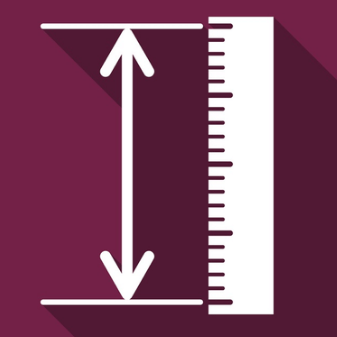
Social media has become one of the best means to get new traffic to your website. Social posts
and ads can be seen by your ideal audience, giving you the chance to attract new visitors and
convert them into leads – but it’s often easier said than done.
Even if you have an incredible social presence, along with great content, that doesn’t
necessarily mean you’ll generate more leads. Excellent graphics and social engagement will
improve traffic to your site, but if you want to increase leads, you need to optimize your
landing pages in alignment with your goals.
Once you’ve attracted visitors from social media to your website, you need to successfully
prompt them to convert into a lead contact, and your landing pages play a crucial role in this
process. They need to be optimized for conversion.
Here are five ways your landing pages can dissuade visitors away from your site – and how you
can fix them to improve your performance.
1. Too many opportunities to leave
Having too many opportunities for a visitor to leave your landing page can be hurting your
conversion rate.
Links to blogs, your top menu and even your footer links can be very distracting, and may
unintentionally prompt people to click onto another part of your site.
This is a common reason why marketers lose potential leads on their landing page. Logically,
you would think giving users lots of choice is a good thing, but on your landing page, you need
to restrict their choices and direct them to follow the instructions on the page.
You can reduce the number of opportunities for a person to leave by:
Removing navigation options – Remove your main menu, takes away temptation links. Yes, it’s
nice if people want to explore through your site, but leads are ultimately more valuable.
Don’t include links to your blogs or other pages – Save these for your thank you page.
Remove footer links – Again, limiting distractions can better align the customer with your end
goal. Really, you should look to remove any links drawing people from your landing page and target
outcome. Once they’ve landed, you want them to take a specific action (sign up, download, etc).
Don’t distract them with clutter.
Potential social leads will be coming to your site from social media, so it is likely they
don’t have much time – remove distractions to cater to this.
2. Too much disorder
Similar to the first point, if your landing pages have too much chaos or clutter, people will
naturally be deterred.
Whilst it’s tempting to impress your new visitors with plenty of content and images, this can
be off-putting. The best way to optimize your landing page is to keep it simple.
Plan how you will set out your landing pages – the key elements of a successful landing page
are:
Small submission form – The smaller the contact form, the better. People don’t want to expend
too much effort for a business they don’t know. Contact forms should be basic and quick to fill
out.
Limit content – Your copy should inspire the visitor to take a specific action. There’s no need
for essays, people won’t read it.
Limit images – Focus on having one or two images max
Before you make your pages live, scrutinize them and ask if each section of your page has a
purpose. If any content or image has no benefit, it needs to be removed – it can be a
potential distraction or deterrent.
3. Images not appealing
Images can be extremely persuasive. Look at this call-to-action for example:
Netflix’s display of films in the background is very strong, and the image takes up most of the page compared to the text. It’s important to remember that some images can convey more than words. Think about your ideal buyer persona and what they will engage with. This will help you choose the right image for your landing page.
Types of images that work:
– High-quality image of the product
– An ideal buyer persona using the product/service
4. Landing page does not match social attraction
Your social ads and posts linking to the landing page should be similar in design and content.
It can be confusing to click on a link and feel like you’ve landed on something greatly
different from what you were expecting.
Your social posts should reflect your landing pages, in style, theme and design, so that when a user lands on your page, they don’t feel disorientated. Instead, they’ll feel like they’ve landed on a page they were expecting.
5. No benefit for the user
Your landing pages need to be beneficial for your visitors – otherwise they simply won’t feel
the urgency to act. If they’re giving their contact details to you, they need to feel like
they’re receiving something valuable in return.
Reciprocity is the idea that if you do something for someone, it’s likely they’ll repay you.
Reciprocity works in marketing – offering something free and valuable makes people more
approachable to you, and increases the prospects of them providing you with their contact
details.
There are various ways you make your landing pages more enticing – you can offer:
Free premium content: in the form of a DIY eBook or guide
Free samples
Free limited trial for a service
Free chat with an industry professional
Create an offer they can’t refuse to improve the conversion rate of your landing pages.
How to increase social leads with your landing pages
The important thing to remember when working to increase your social leads is that the visitors
landing on your pages will be coming from social platforms like Facebook, Twitter, LinkedIn,
etc. They’ve clicked on your social post or ad because you captured their attention. When they land on your page, you need to hold it.
Optimizing your site with engaging images and persuasive offers will encourage them to act,
while removing your menu and any other links will decrease the chance of them moving to another
part of your site. Before they have a chance to click ‘back’, you need to keep them interested
with simple and actionable content.


